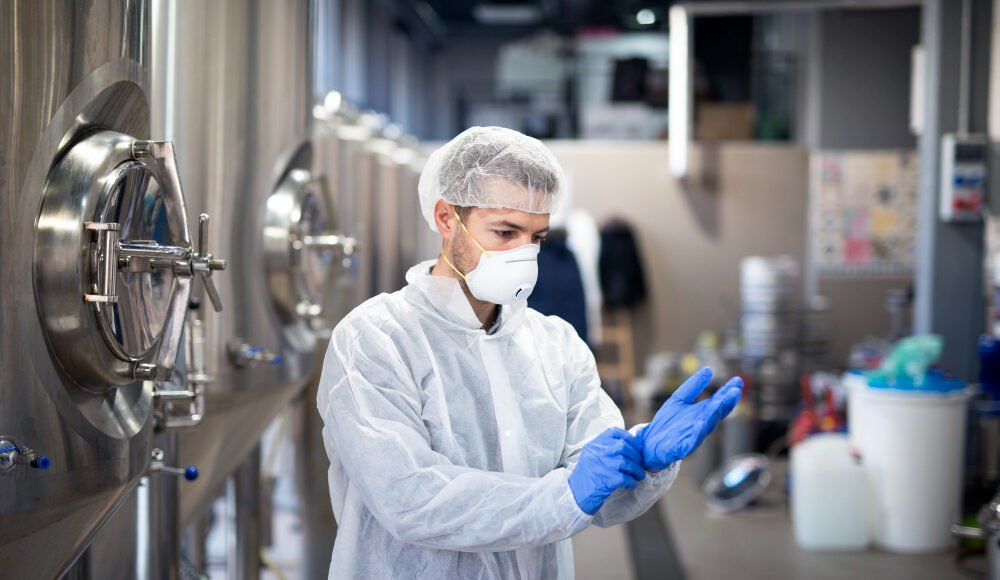Pharmaceutical quality control (QC) is critical in ensuring that drugs are safe, effective, and meet regulatory standards. QC involves systematic procedures to test and verify the quality of raw materials and finished pharmaceutical products. With the growing global demand for medicines, maintaining high standards in pharmaceutical quality control is more important than ever.
Effective quality control ensures that medications do not pose risks to patients while delivering the desired therapeutic effects. Let’s explore the key aspects of pharmaceutical quality control.
Key Aspects of Pharmaceutical Quality Control
Here are the critical aspects of pharmaceutical quality control that matter most:
- Raw Material Testing
The first step in pharmaceutical quality control starts with testing the raw materials used in drug manufacturing. The quality of the raw materials determines the quality of the final product. These materials undergo a series of tests to meet strict standards. The critical tests performed during raw material testing include:
- Identification: Confirming that the raw material is what it is supposed to be.
- Purity: Ensuring that there are no harmful substances or impurities.
- Potency: Verifying that the material has the correct strength for use in drug formulation.
Testing raw materials helps prevent defects in the final product and ensures that only high-quality ingredients are used.
- In-Process Testing
Quality control continues during the production phase through in-process testing. This step ensures that the manufacturing process is consistently controlled and the product is made according to established specifications. In-process testing typically includes:
- Temperature and humidity monitoring: Since certain drugs can be sensitive to environmental conditions, it is essential to ensure that the right conditions are maintained during production.
- Sampling and analysis: Regular product sampling during production helps identify any potential issues with consistency or quality before the drug reaches the final stages.
In-process testing ensures the drug’s formulation remains within acceptable limits throughout production.
- Final Product Testing
Once the drug is manufactured, it undergoes a final round of testing before it is released to the market. This includes several tests to confirm that the product is safe, effective, and of the required quality. The most critical tests during this phase are:
- Stability testing ensures that the drug will maintain its effectiveness and safety throughout its shelf life. It also checks whether the drug is prone to degradation when exposed to light, heat, or air.
- Packaging and labeling inspection: The packaging must protect the drug from external factors and be accurate and informative.
Final product testing ensures the medication is ready for patient use and complies with regulatory requirements.
- Microbial Testing
Microbial testing is essential to ensure pharmaceutical products are free from harmful microorganisms. Contamination during manufacturing can pose severe risks to patients, especially with injectables and sterile products. Microbial testing involves testing for bacteria, fungi, or viruses in the drug and its packaging. This is particularly crucial for:
- Injectable drugs: These medications are often administered directly into the bloodstream, making them more vulnerable to contamination.
- Oral drugs and topicals: Even non-injectable medications must be free from harmful microorganisms.
Microbial testing ensures the safety and cleanliness of the pharmaceutical products.
- Chemical Testing
Chemical testing is used to verify the chemical composition of the drug. This is critical to confirm that the drug contains the correct ingredients properly. Chemical testing often includes:
- Chromatography: This technique helps separate sample components for identification and quantification.
- Spectroscopy: This method uses light to analyze the chemical composition of substances.
Chemical testing helps ensure the drug formulation is consistent and meets regulatory potency, safety, and quality requirements.
- Physical Testing
The physical properties of the drug are also critical in quality control. Pharmaceutical products must have the right consistency, texture, and form to ensure they can be used effectively by patients. Some standard physical tests include:
- Tablet hardness testing: Tablets must be strong enough to withstand handling but should break apart easily in the body for absorption.
- Dissolution testing: This test checks how a drug breaks down in the body after ingestion to ensure it releases its active ingredients at the correct rate.
Physical testing ensures the drug has the suitable characteristics for patient use, enhancing its effectiveness and safety.
- Compliance with Regulatory Standards
Regulatory bodies like the FDA set strict guidelines and standards for pharmaceutical companies. Quality control ensures that the manufacturing process and final products comply with these regulations. Compliance testing includes:
- Good Manufacturing Practices (GMP): Ensures that all manufacturing processes meet high-quality standards.
- Documentation and reporting: Accurate records of quality control tests and results are crucial for regulatory inspections and audits.
Compliance with these regulations helps avoid legal issues and ensures the pharmaceutical product is safe for public consumption.
Summary!
Pharmaceutical quality control is essential for ensuring that medications are safe, effective, and of the highest quality. By following these best practices in quality control, pharmaceutical companies can improve patient outcomes and build trust in their products.
YB Technology LLC offers advanced solutions that help pharmaceutical companies maintain high standards in quality control, ensuring that their products meet all necessary regulations. By investing in quality control, pharmaceutical companies can guarantee that their products are compliant with regulatory guidelines and safe and effective for their patients.








